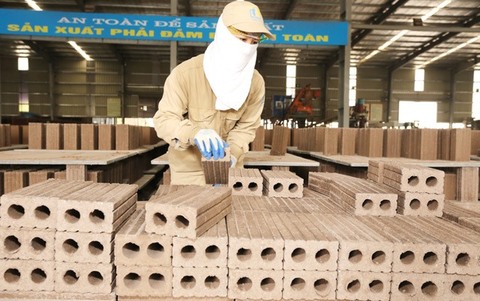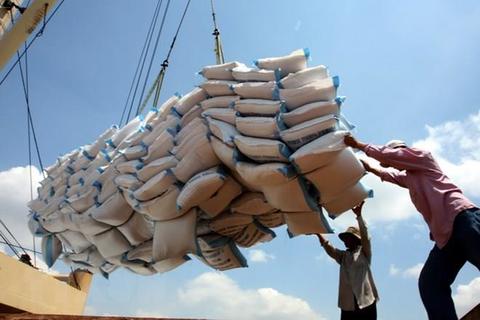Vietnam faces challenges over wood imports
Vietnam faces challenges over wood imports
Vietnam, which has pledged to eliminate illegal wood materials in its supply chain, will face increased risks if it continues importing logs and sawn timber from countries whose forest management is weak, heard attendees at a meeting held on February 21 to publicize a report on Vietnam’s wood imports and exports in 2018.
Wood and woodwork exports have recently lit up the country’s wood industry, generating US$8.5 billion in revenue in 2018, up 14.5% against the figure seen in 2017. Wood pellets, wood chips and plywood led the export growth.
The wood industry, however, is still facing risks from wood material imports from Cambodia, which has poor forest administration. The imports put Vietnam at risk in general and the wood sector in particular, even more so as the European Union and Vietnam are due to sign an agreement on wood origin management.
“Vietnamese wood firms are still buying some types of sawn timber, which are produced from tropical trees in countries with poor forest administration,” To Xuan Phuc, policy analysis expert at Forest Trends, said. This means that domestic wood processors may be using wood that has been illegally logged.
Vietnam’s signing of the Voluntary Partnership Agreement (VPA) on Forest Law Enforcement, Governance and Trade (FLEGT) with the European Union has opened the door for domestic wooden product exporters, Phuc stated, adding that sustainable development for exports will be guaranteed if the existing risks related to the origin of imported timber are removed.
Addressing the meeting, wood firms remarked that generally, Vietnam’s woodwork exports to major markets such as the United States, the European Union, Japan and South Korea have met the requirements for the legality of the wood.
Also, Huynh Van Hanh, vice chairman of the Handicraft and Wood Industry Association of HCMC, noted that Vietnam’s wooden products shipped to these markets are processed from wood from the country’s planted forests and from other legally imported wood sources.
The expert, however, added that the risk of input materials clouding the wood industry remains significant in Vietnam.
“Among the 15 major countries supplying logs to Vietnam in 2018, seven have poor forest management,” Phuc said, adding that shipments from these seven countries to Vietnam accounted for 40% of the country’s log imports last year. Besides this, some 64% of Vietnam’s exports of sawn timber, which is made from rare and valuable trees, pose a high risk for the country.
Under the VPA/FLEGT, Vietnam is required to ensure the legal origin of its wood, which is supposed to be imported from non-risk sources to develop the country’s domestic and international supply chains. Therefore, the country is facing a high risk of noncompliance if illegally logged timber are be used in its wood-processing plants.




















